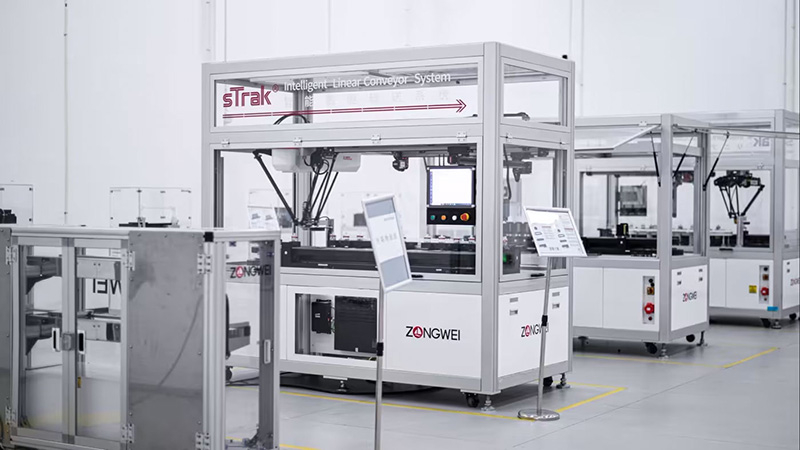Chinese industry is currently struggling to solve one of its biggest problems with labor shortages. Some 6 million manufacturers are facing rising labor costs due to a shrinking working-age population. Robots are coming to the rescue, writes the Financial Times.

Image source: Zongwei
Beijing has chosen robotization as a way to address labor shortages, offering the sector tax incentives and subsidies to encourage investment in this area. However, much will depend on the human factor – in particular, on whether workers have the necessary skills to operate complex machines, the publication notes. Largely thanks to government support, China has become the world’s largest market for industrial robots over the past decade. According to the International Federation of Robotics, more than 276 thousand robots were installed here last year, which amounted to more than half of the global total.
If previously Chinese companies imported most of the robots, in particular from Japan, Germany and the USA, now they are increasingly installing domestic devices that are much cheaper than their foreign counterparts. This has brought down the cost of smart manufacturing equipment in China, but experts say there is still work to be done to train the workforce that will use it. Complex equipment requires technical knowledge, including engineering skills to repair and knowledge of the software used to control the machines.
China’s industry relies heavily on nearly 300 million migrant workers – people from rural areas who have moved to urbanized coastal regions in search of better-paying jobs. Of these, as of last year, only 52% had a secondary education, and 14% had a primary education. Migrants are the most likely to be displaced by robots, researchers say. At the same time, there are many engineers in China who will have no problems adapting automated technologies to factories.
First of all, robots are used to perform jobs that workers mostly refuse. Henry Han, president of ABB Robotics China, said robots “can do boring, dirty and potentially dangerous jobs that are difficult to hire people for.”
Provinces with significant manufacturing capacity, particularly Guangdong, have launched training programs for a new generation of workers, but due to a lack of modern equipment, these courses have been found to rely on textbooks or outdated machinery.
According to researchers from Tsinghua and Fudan universities, the most effective training is provided by suppliers of robots and intelligent manufacturing equipment. For example, Zongwei dispatches teams of engineers to install equipment and train customers on the software that runs the factory line. Zongwei Deputy General Manager Jack Xu explained that high competition in China allows customers to demand very practical after-sales service. This encourages the creation of easy-to-operate machines to avoid the expense of sending engineers for training.
Some large companies have created specialized institutes to provide official certification. For example, ABB Robotics China has established a training institute in Shanghai to train customers in programming and electrical and mechanical maintenance.